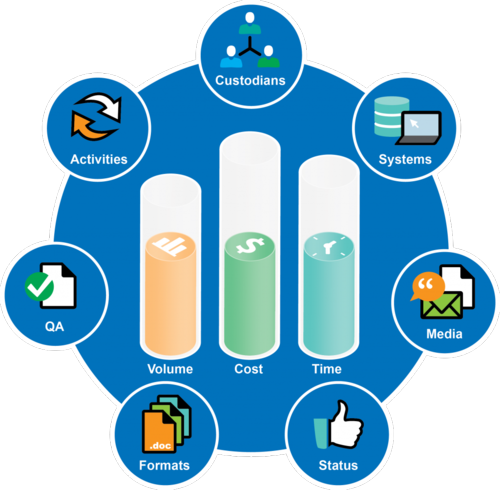Cost-Shifting Inappropriate when Data is Kept in an Accessible Format – eDiscovery Case Law

In Novick v. AXA Network, LLC, No. 07 Civ. 7767 (AKH) (KNF) (S.D.N.Y. Sept. 24, 2013), New York Magistrate Judge Kevin Nathaniel Fox ruled that cost-shifting was inappropriate where data was kept in an accessible format.
In September 2012, the court ordered the plaintiff to give the defendants a revised customer list and a list of 10 custodians whose e-mails it had to search over a 2.5 year period. Claiming the request was “excessive and burdensome,” the defendants filed a motion asking for an order requiring the plaintiff to reimburse more than $40,000 in attorney’s fees and costs. Roughly half of the fees went to an outside vendor that processed the searches, and the remainder constituted legal fees.
The defendants argued that cost-shifting was appropriate under Zubulake v. UBS Warburg, LLC, 217 F.R.D. 309 (S.D.N.Y. 2003). The defendants premised their argument on the fact that the search of 800 customers returned 80 gigabytes of data, but there were fewer than 400 pages of responsive documents, most of which duplicated prior discovery that the defendants had already produced. Instead, the plaintiff should have limited the search parameters and approached some of the customers to obtain the required information. In essence, the defendants argued that it was unfair “to require them ‘to continue funding unending discovery’” given the small amount at stake or to require it “‘to bear the cost of production to individual parties, if the individual parties are permitted to request every manner of production that occurs to them.’”
The plaintiff argued that cost-shifting was inappropriate because his search request was “extremely specific” and involved only 10 custodians. Moreover, the company’s outside vendor allegedly performed the search improperly. Finally, as a “‘multi-billion dollar company,’” the plaintiff argued that the defendants had a greater “ability to bear the cost.”
Here, Judge Fox found in favor of the plaintiff. Although parties are expected to bear the expense of complying with discovery requests, the court has discretion under Federal Rule of Civil Procedure 26(c) to shift the costs to protect a party from “undue burden or expense.” Under Zubulake, the court needed to determine “‘whether production of documents is unduly burdensome or expensive’” based on a consideration of “‘whether it is kept in an accessible or inaccessible format.’” Judge Fox found it was unnecessary to apply the eight-factor Zubulake cost-shifting test here because the e-mails in question were not in an inaccessible format.
So, what do you think? Should the cost-shifting request have been granted? Please share any comments you might have or if you’d like to know more about a particular topic.
Case Summary Source: Applied Discovery (free subscription required). For eDiscovery news and best practices, check out the Applied Discovery Blog here.
Disclaimer: The views represented herein are exclusively the views of the author, and do not necessarily represent the views held by CloudNine Discovery. eDiscoveryDaily is made available by CloudNine Discovery solely for educational purposes to provide general information about general eDiscovery principles and not to provide specific legal advice applicable to any particular circumstance. eDiscoveryDaily should not be used as a substitute for competent legal advice from a lawyer you have retained and who has agreed to represent you.





